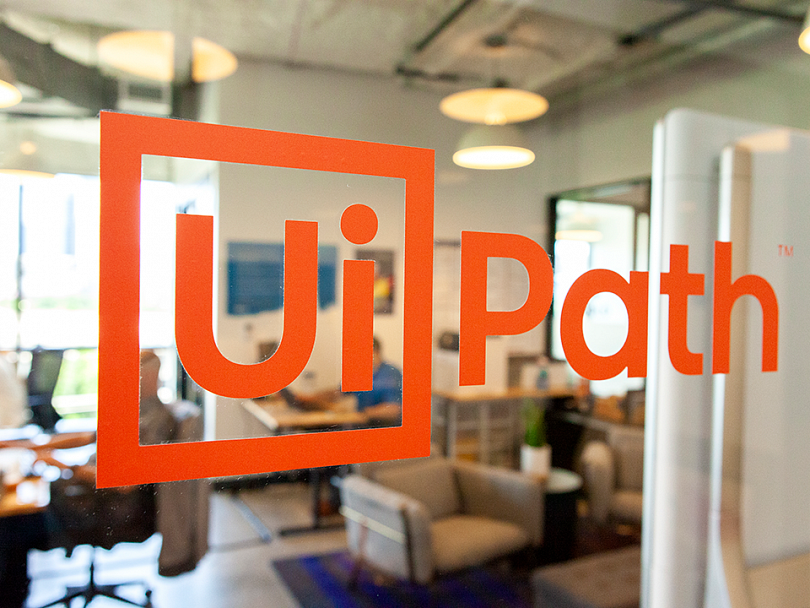
UiPath Inc. (NYSE:PATH) is set to release its quarterly earnings with an estimated EPS of $0.10 and revenue of $332.3 million.
Despite a strong track record of surpassing earnings expectations, the current outlook does not strongly indicate an earnings beat for this quarter.
UiPath Inc. (NYSE:PATH) is a leading company in the field of robotic process automation (RPA), providing software solutions that help businesses automate repetitive tasks. As a key player in the automation industry, UiPath competes with other tech giants like Automation Anywhere and Blue Prism. The company is set to release its quarterly earnings on May 29, 2025, with Wall Street estimating an earnings per share (EPS) of $0.10 and revenue of approximately $332.3 million.
The Zacks Consensus Estimate aligns with Wall Street’s expectations, suggesting earnings of 10 cents per share, which is a 23% decline from the same period last year. Revenue is projected to be $332.3 million, marking a slight year-over-year decrease of 0.8%. Despite a strong track record of surpassing earnings expectations in the past four quarters with an average surprise of 36.4%, the current outlook does not strongly indicate an earnings beat for this quarter.
Analysts have maintained their initial forecasts for the quarter, with no changes in the consensus EPS estimate over the past month. This stability in earnings estimates can be a crucial indicator for predicting potential investor actions regarding the stock. Empirical research shows a strong correlation between trends in earnings estimate revisions and the short-term price performance of a stock.
UiPath’s financial metrics reveal a mixed picture. The price-to-sales ratio stands at about 4.74, suggesting investors are willing to pay $4.74 for every dollar of the company’s sales. The enterprise value to sales ratio is approximately 4.18, providing insight into the company’s valuation relative to its revenue.
UiPath maintains a strong liquidity position with a current ratio of approximately 2.93, indicating it has more than enough current assets to cover its current liabilities. The debt-to-equity ratio of 0.042 reflects a low level of debt compared to its equity, which is a positive sign for investors. The enterprise value to operating cash flow ratio is around 18.64, showing how many times the operating cash flow can cover the enterprise value.

